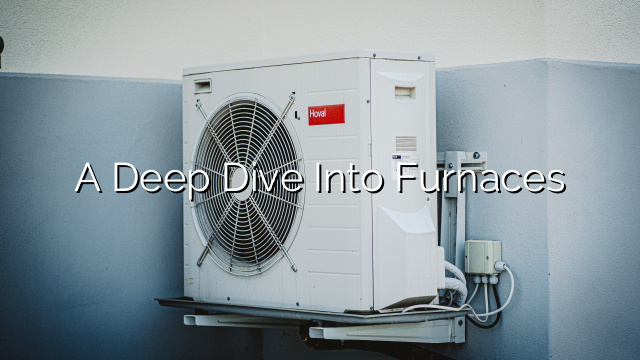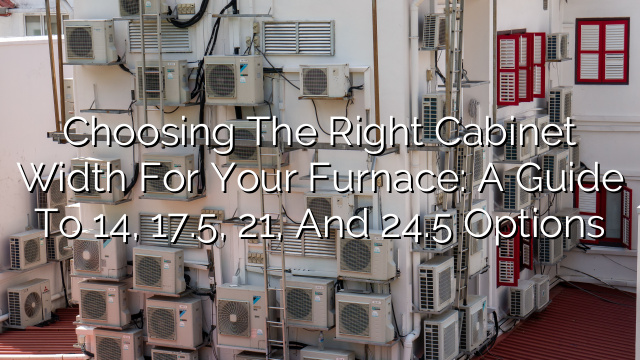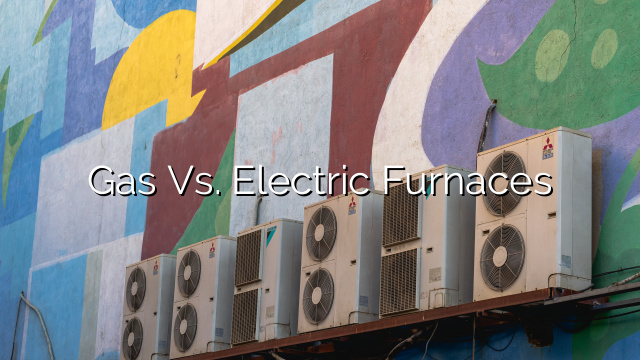Introduction
As the days grow colder and the nights become longer, it’s important to ensure that your furnace is in top shape to keep your home warm and cozy. Regular furnace maintenance can not only prolong the lifespan of your equipment but also improve its efficiency, saving you money on energy bills. In this blog post, we will explore some essential tips to help you maintain your furnace for the upcoming winter season.
1. Change your Air Filters
One of the simplest and most effective ways to maintain your furnace is by regularly changing the air filters. Over time, dirt, dust, and other particles can accumulate on the filters, obstructing the airflow and reducing the furnace’s efficiency. It is recommended to replace your air filters every 1-3 months, depending on the manufacturer’s recommendations. This will not only improve the air quality in your home but also keep your furnace running smoothly.
2. Clean the Furnace and Vents
Another crucial step in furnace maintenance is cleaning the furnace and vents. Dust and debris can accumulate in these areas, reducing the airflow and causing the furnace to work harder. Using a vacuum cleaner with a brush attachment, gently remove any visible dust or debris from the furnace and vents. Be sure to turn off the power to the furnace before performing any cleaning tasks to ensure your safety.
3. Check and Clean the Blower Motor
The blower motor is responsible for circulating warm air throughout your home. To keep it functioning properly, it’s important to check and clean the blower motor regularly. Start by turning off the power to the furnace and removing the access panel. Once the blower motor is exposed, inspect it for any signs of dirt or debris. If necessary, use a soft brush or cloth to clean the motor gently. Cleaning the blower motor will not only improve its efficiency but also prevent any potential damage to the furnace.
4. Schedule a Professional Inspection
While regular maintenance tasks can significantly improve the performance of your furnace, it’s also crucial to schedule a professional inspection at least once a year. A qualified HVAC technician can thoroughly inspect your furnace, identify any potential issues, and perform necessary repairs or adjustments. Regular inspections and maintenance by professionals will not only keep your furnace in top shape but also ensure its safe operation.
5. Test the Thermostat
Before the winter season arrives, it’s essential to test your thermostat to ensure it’s working correctly. Set your thermostat to different temperatures and listen for the clicking sound, indicating that the furnace is turning on and off as expected. If you notice any issues with your thermostat, such as temperature fluctuations or unresponsive controls, it may be time to replace it or contact a professional for assistance.
6. Lubricate Moving Parts
To keep your furnace running smoothly and reduce wear and tear, it’s essential to lubricate the moving parts regularly. Consult your furnace’s manual or contact a professional to identify the specific parts that require lubrication. Using a suitable lubricant, apply a few drops to the designated areas as recommended. Lubricating moving parts can significantly extend the lifespan of your furnace and ensure its optimal performance.
7. Check for Carbon Monoxide Leaks
Carbon monoxide leaks can pose a severe health hazard, as the gas is odorless and colorless. It’s crucial to install carbon monoxide detectors near your furnace and regularly check for any leaks. If you suspect a carbon monoxide leak or notice symptoms such as headaches, nausea, or dizziness, immediately leave your home and contact emergency services. Regular maintenance and inspections can help prevent carbon monoxide leaks and ensure the safety of you and your family.
8. Insulate Your Home
Proper insulation can not only reduce heat loss but also lighten the load on your furnace. Check your home for any areas that may need additional insulation, such as windows, doors, or attics. Seal any gaps or cracks with weatherstripping or caulking to prevent cold air from entering and warm air from escaping. Insulating your home properly will not only improve your comfort but also help your furnace operate more efficiently.
9. Keep the Surrounding Area Clean and Clear
To ensure the optimal performance and safety of your furnace, it’s important to keep the surrounding area clean and clear. Remove any clutter, debris, or flammable items from the vicinity of your furnace. Ensure that there is ample airflow around the unit and that nothing is obstructing the vents or passages. A clean and uncluttered furnace area will allow for proper ventilation and minimize the risk of fire or other hazards.
FAQs
1. How often should I change my furnace filter?
We recommend changing your furnace filter every 1-3 months, depending on the manufacturer’s recommendations and the conditions in your home. If you have pets or allergies, you may need to change the filter more frequently.
2. Can I clean my furnace myself?
While there are some maintenance tasks you can do yourself, such as changing filters and cleaning visible dust, it is recommended to schedule a professional inspection at least once a year. A qualified technician can perform a thorough inspection and handle any necessary repairs or adjustments.
3. How long should my furnace last?
The average lifespan of a furnace is typically 15-20 years. However, with regular maintenance and proper care, it is possible to extend the lifespan of your furnace and keep it running efficiently for even longer.
4. What should I do if my furnace is not working?
If your furnace is not working, first check the thermostat to ensure it is set correctly. If the thermostat is functioning correctly, check the circuit breaker to ensure the furnace has power. If the problem persists, contact a professional HVAC technician to diagnose and repair the issue.
5. Why is regular furnace maintenance important?
Regular furnace maintenance is essential to ensure the safe and efficient operation of your heating system. It can help prevent potential breakdowns, improve energy efficiency, and extend the lifespan of your furnace, ultimately saving you money on energy bills and costly repairs.
Conclusion
In conclusion, properly maintaining your furnace is essential for keeping your home warm and cozy during the winter season. By following the tips outlined in this blog post, such as changing air filters, cleaning the furnace and vents, checking and cleaning the blower motor, scheduling professional inspections, testing the thermostat, lubricating moving parts, checking for carbon monoxide leaks, insulating your home, and keeping the surrounding area clean and clear, you can ensure that your furnace operates safely and efficiently. Regular maintenance and care will not only extend the lifespan of your furnace but also save you money on energy bills and costly repairs. Remember to also consult the provided FAQ section for answers to commonly asked questions about furnace maintenance. Stay warm and cozy this winter!











